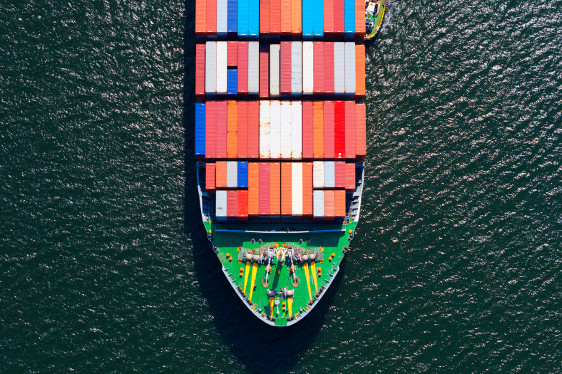Here in New Zealand, some of our co-operatives serve their member owners well through trading internationally, either exporting locally-produced goods or importing items their members need.
Can your co-operative engage with co-ops in other countries and, by doing so, do better business? Doing business is more than just buying and selling. Trust is a major ingredient in successful business, whether co-operative or not and – let’s face it – co-ops trust each other. It’s embedded in the business model, and strong co-ops know this well.
How do you create and nurture trust-based relationships with co-ops in other countries from which mutually rewarding business develops? To begin with, you’ll need to consider what your cooperative can offer co-ops in other countries and what overseas co-ops might provide your members. Don’t just think goods or objects either – what services can you exchange withe international co-operatives?
Let’s look at the ways co-operatives can work together across national borders using the nine models of cooperative internationalisation drawn up by coopchampions.com’s Onno van Bekkum.
1 Exports and imports
What goods and services can your co-op sell to co-ops overseas, and what do your member owners and their co-op need that can be sourced from co-operatives in other countries? Obvious questions perhaps, but not ones to be overlooked.
2 International acquisitions
Your co-operative needs, say, a reliable supply of air conditioning units, or perhaps sheep’s milk powder to make cheese. Would it make business sense to go to another country, maybe Thailand, and buy a factory that makes air conditioning units? Perhaps your co-op could buy a sheep farm in Eastern Europe, complete with its flock of milking ewes.
3 Green field operations
Then again, like the New Zealand plumbers’ co-operative NZPM Group, your co-operative could build a factory in Thailand to manufacture air conditioning units. A co-op that wants to makes more cheese from ewe’s milk might buy land in Eastern Europe, run sheep on it and build a dryer to convert the milk into powder.
4 Inviting foreign suppliers/purchasers to become members
Headquartered in Christchurch, New Zealand, Interflora Pacific Unit is a co-operative whose member owners are florists with shops in 15 countries around Asia and the Pacific. Would your co-operative be serving the needs of member owners better if membership were to be opened up to individuals, groups or small businesses overseas?
And In 1970, 11 service station owners came together and formed a co-operative in Perth, Western Australia, with the aim of improving their buying power and levelling the playing field with the multinational oil companies. 27 years later, Capricorn Society accepted their first New Zealand member, and in 2000 the co-operative started operations in South Africa. Today, Capricorn has 15,000 member owners across the three countries and annual revenue of USD$1.2bn.
5 Co-operative joint ventures

Find a co-operative in another country which is interested in setting up a new business, jointly owned with your co-operative. A good example is Shanghai-based CGS Co-op Global Sourcing, owned by two European consumer-owned grocery co-operatives, Coop Italia and Grupo Eroski.
6 Co-operative strategic alliances
The Lamb Cooperative in the USA is a strategic alliance that was set up by two New Zealand farmer-owned co-operatives with the involvement of smaller investor-owned firms. It now includes suppliers from Australia.
7 Foreign co-investment partnerships
Favoured in the Peoples Republic of China as a way of involving overseas business partners, this could be the pathway your co-operative uses to become involved with a cooperative enterprise in China, such as the All China Federation of Supply and Marketing Cooperatives.
8 International federative structures
This is where a co-operative peak body, such as Co-operatives UK, the Fiji Cooperative Union or the Business Council of Cooperative and Mutuals in Australia, goes into business with the peak body from another country to serve the needs of co-op members in their respective countries.
9 Cross border mergers
In Europe, we have seen an increasing number of mergers in which two or more co-operatives from different countries form a single cooperative. Arla is one example, bringing together dairy farmers in Belgium, Denmark, Germany, Luxembourg, Sweden and the UK.
Implied in principle #6, putting these models of co-operative internationalisation into practice brings whole new meaning to “co-operation among co-operatives.” By serving member needs though cooperative business ventures such as those outlined here, co-ops globally would be a lot stronger.
• Ramsey Margolis is a co-operative business development strategist and founder of Huia C·D·S (www.huia.coop). From 2006–13 he served as Executive Director of Cooperative Business NZ (formerly NZ Cooperatives Assn) and he was on the Board of Managers of DotCooperation LLC from 2008–11.